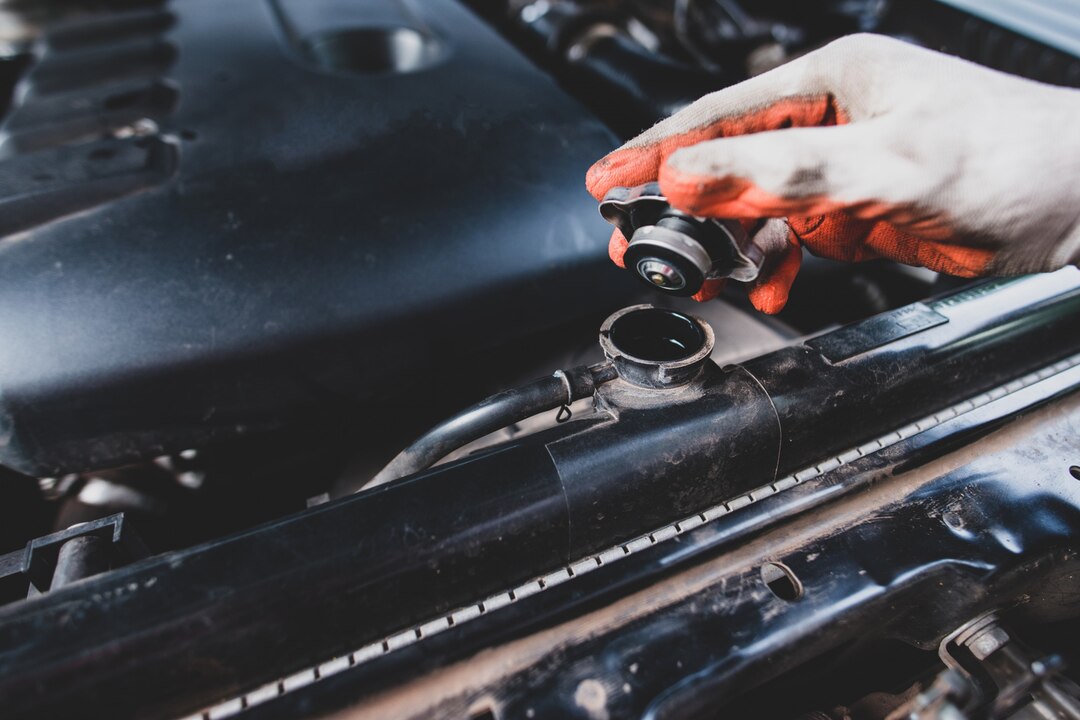The car radiator is a vital component of the cooling system, responsible for dissipating heat generated by the engine to prevent overheating and maintain optimal operating temperature. While all radiators serve the same basic function, there are different types of radiators used in vehicles, each with its own design and construction. Understanding the various types of car radiators can help you appreciate their differences and make informed decisions regarding maintenance and repairs. Here’s a look at some common types of car radiators you should know about:
1. Crossflow Radiator:
- Crossflow radiators are the most common type used in modern vehicles.
- In a crossflow radiator, coolant flows horizontally across the radiator core, with the inlet and outlet tanks located on opposite sides.
- This design allows for more efficient heat transfer and better cooling performance compared to older vertical flow radiators.
2. Downflow Radiator:
- Downflow radiators, also known as vertical flow radiators, were commonly used in older vehicles and some classic cars.
- In a downflow radiator, coolant flows vertically through the radiator core, with the inlet and outlet tanks located at the top and bottom, respectively.
- While downflow radiators are less common in modern vehicles, they are still used in certain applications where space constraints or design considerations dictate their use.
3. Dual Pass Radiator:
- Dual pass radiators feature a unique design that allows coolant to pass through the radiator core twice before exiting.
- In a dual pass radiator, coolant enters the radiator through one inlet tank, flows across the core, makes a U-turn, and then flows back across the core before exiting through the outlet tank.
- This design provides additional cooling capacity and efficiency, making dual pass radiators ideal for high-performance or heavy-duty applications.
4. Triple Pass Radiator:
- Triple pass radiators take the concept of dual pass radiators one step further by allowing coolant to pass through the radiator core three times before exiting.
- In a triple pass radiator, coolant enters the radiator through one inlet tank, makes three passes across the core, and then exits through the outlet tank.
- Triple pass radiators offer even greater cooling capacity and efficiency, making them suitable for extreme performance or racing applications.
5. Aluminum Radiator:
- Aluminum radiators are constructed using aluminum components, including the radiator core, tanks, and fins.
- Aluminum radiators are lightweight, durable, and offer excellent heat transfer properties, making them popular in performance vehicles and racing applications.
- While aluminum radiators may be more expensive than traditional copper or brass radiators, they offer superior cooling performance and corrosion resistance.
6. Plastic Tank Radiator:
- Plastic tank radiators feature plastic end tanks attached to an aluminum or copper core.
- Plastic tank radiators are lightweight, cost-effective, and resistant to corrosion, making them a popular choice for many modern vehicles.
- While plastic tank radiators may be less durable than all-metal radiators, advancements in materials and manufacturing processes have improved their reliability and longevity.
7. Copper Brass Radiator:
- Copper brass radiators are constructed using copper and brass components, including the radiator core, tanks, and fins.
- Copper brass radiators offer excellent heat transfer properties and durability, making them a reliable choice for many vehicles.
- While copper brass radiators may be heavier and more prone to corrosion than aluminum radiators, they are still used in certain applications where their robust construction is desired.
Understanding the different types of car radiators can help you choose the right radiator for your vehicle and ensure optimal cooling system performance. Whether you opt for a crossflow radiator for modern efficiency, a dual pass or triple pass radiator for enhanced cooling capacity, or an aluminum radiator for lightweight performance, proper maintenance and care are essential to keep your radiator functioning properly and your engine running smoothly. Regular inspections, coolant checks, and radiator flushes can help prevent overheating and extend the lifespan of your car radiator for years to come.











